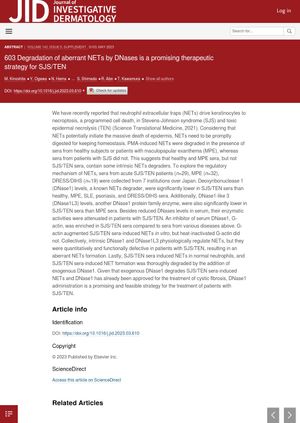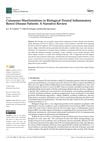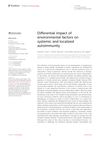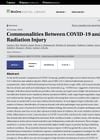Degradation of Aberrant NETs by DNases as a Therapeutic Strategy for SJS/TEN
April 2023
in “
Journal of Investigative Dermatology
”

TLDR Using DNase enzymes to break down harmful NETs could be a new treatment for Stevens-Johnson syndrome and toxic epidermal necrolysis.
The study found that neutrophil extracellular traps (NETs), which cause cell death in Stevens-Johnson syndrome (SJS) and toxic epidermal necrolysis (TEN), are not effectively degraded in patients with these conditions. The research involved 29 acute SJS/TEN patients, 32 with maculopapular exanthema (MPE), and 19 with DRESS/DIHS, collected from 7 institutions in Japan. The levels of deoxyribonuclease 1 (DNase1) and DNase1-like 3 (DNase1L3), enzymes known to degrade NETs, were significantly lower in SJS/TEN patients than in healthy individuals or those with other conditions. Additionally, the activity of these enzymes was reduced in SJS/TEN patients, and an inhibitor of serum DNase1, G-actin, was found in higher levels in these patients. The study concluded that the administration of exogenous DNase1, which has been approved for the treatment of cystic fibrosis, could be a promising treatment strategy for SJS/TEN, as it effectively degrades NETs induced by SJS/TEN sera.




